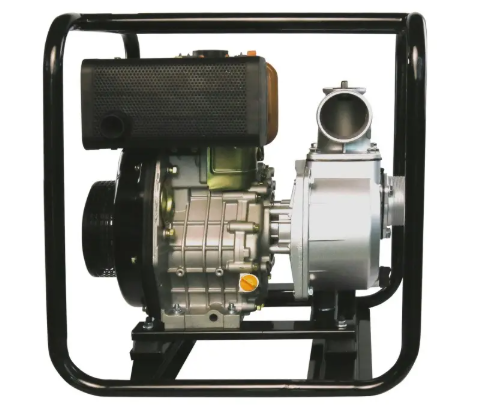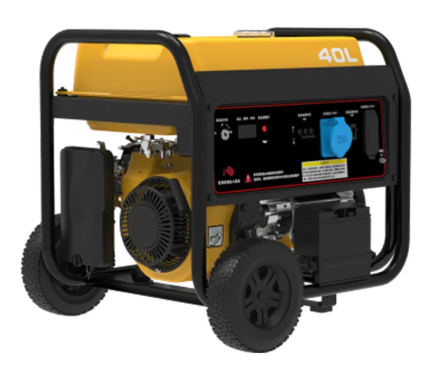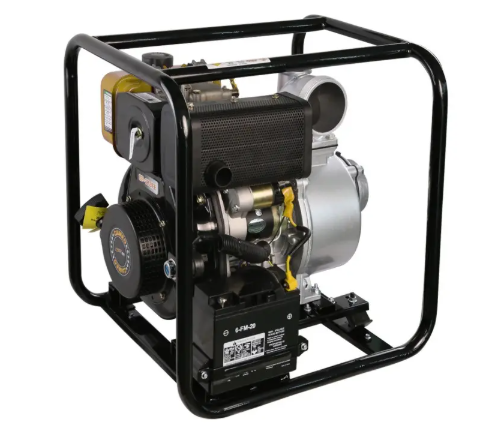customized electric power distribution
Customized electric power distribution represents a sophisticated approach to managing and delivering electrical energy tailored to specific requirements. This system encompasses advanced components and technologies that ensure reliable, efficient, and safe power delivery to various facilities and applications. The infrastructure includes smart switchgear, transformers, circuit breakers, and monitoring systems that work in harmony to provide optimal power flow. Modern customized power distribution systems feature real-time monitoring capabilities, allowing for immediate response to load changes and potential issues. They incorporate advanced protection mechanisms that safeguard equipment and personnel while maintaining continuous operation. The system's flexibility enables it to accommodate varying power demands, from small commercial establishments to large industrial complexes. Integration with renewable energy sources and energy storage systems further enhances its versatility. The distribution network can be configured to support different voltage levels and power quality requirements, making it suitable for diverse applications across industries. These systems also feature modular designs that facilitate future expansions and modifications, ensuring long-term scalability and adaptability to evolving power needs.


